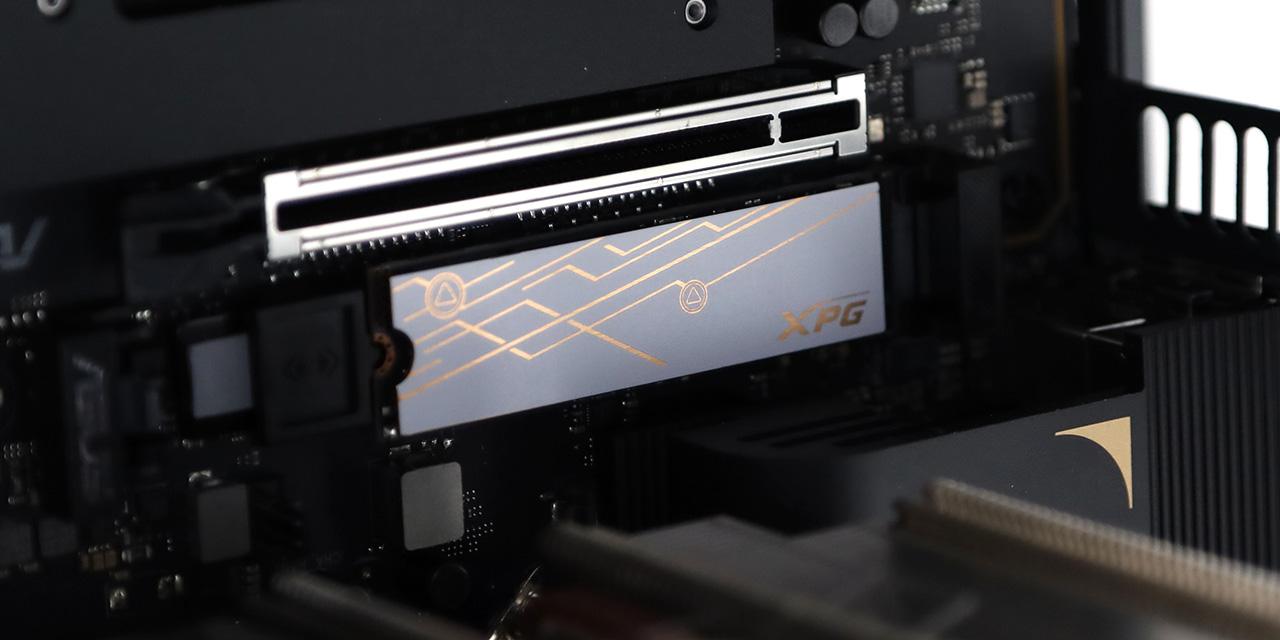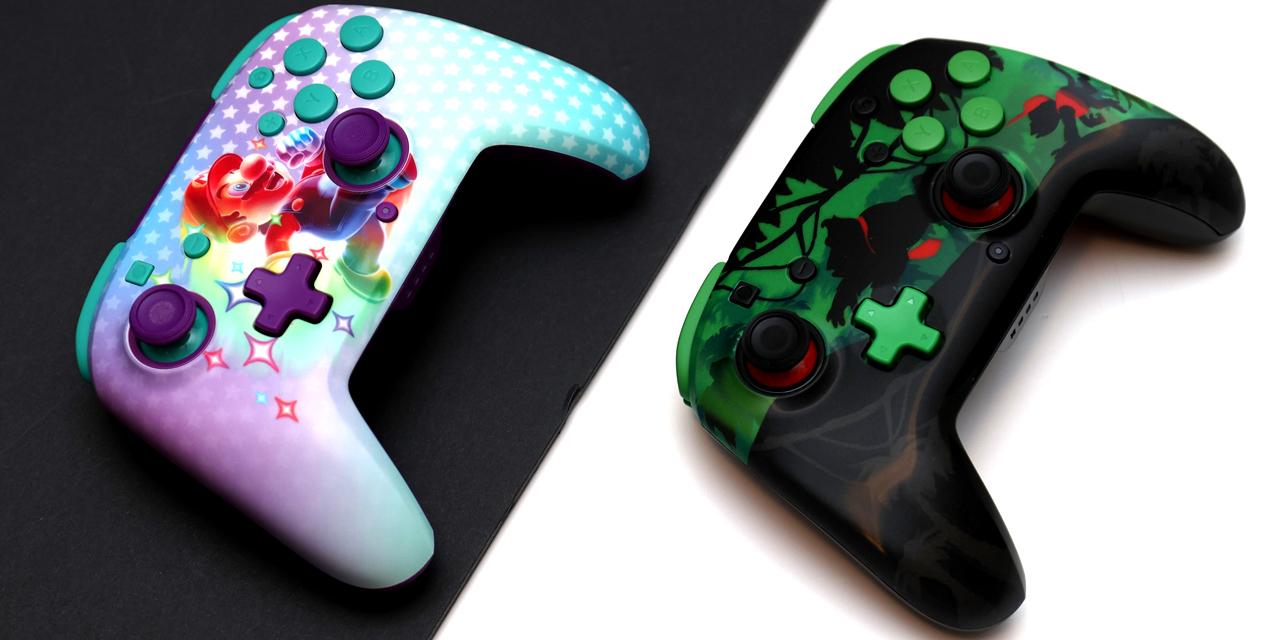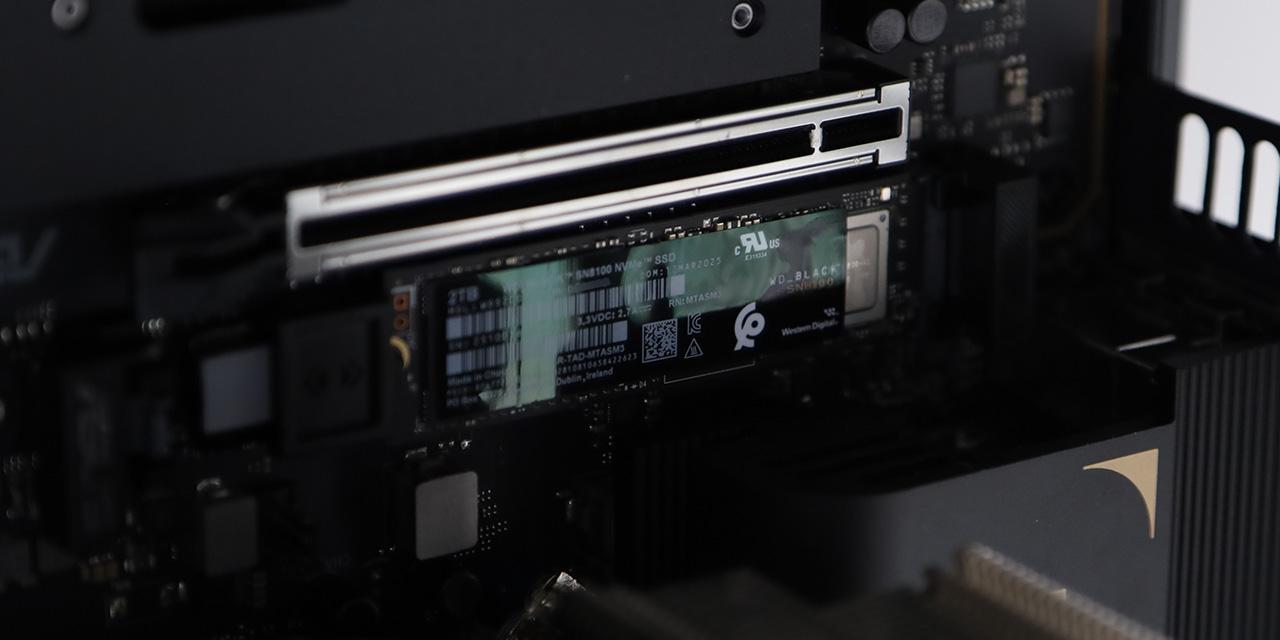Page 3 - Subjective Audio Analysis
Yes, my iPhone has a headphone jack.
Reviewing audio devices require extensively trained ears and lots of experience. Even for audiophiles, it may prove challenging at times to obtain an accurate evaluation of a product without a thoroughly familiar product to use as a simultaneous reference. While I am not going to even try to claim that I am the only trustworthy or best reviewer for sound, it is fact that most computer review sites have editors who are insufficiently trained in reviewing audio equipment. Give them practically anything and all you will read about goes along the line of "good bass, nice midrange, awesome treble, really clear sound, 10/10". While there are many knowledgeable audio reviewers at various respected online media outlets, they are by far the minority.
As I have mentioned in my past audio reviews, there are really no true objective measurements for speaker sound quality. As the reviewer, however, I will put it through a series of subjective tests to try to come up with the most objective rating possible (Yes, it is quite a paradox haha). On the wired, analog side, tests were conducted primarily with the Auzentech X-Fi HomeTheater HD sound card (Creative CA20K2 DSP/APU, National Semiconductor LME49720NA OpAmp, JRC NJM4580 signal buffers, Cirrus Logic CS4382A DAC, Nichon MUSE ES capacitors). For portable tests, I mainly used an Apple iPhone 6. These are some of the best consumer sound equipment out there in the market today, and will reduce its potential to be a limiting factor in our auditioning.
After over 180 hours of break-in time -- well above typically required period -- we put the V-MODA Forza Metallo to the tests. All tracks were uncompressed CDs, FLAC, or LAME encoded MP3s at 192kbps or higher.
To start, my colleague Aaron Lai and I tested both the V-MODA Forza Metallo and the V-MODA Forza at the same time. We wrote down our observations, and compared our notes afterwards. Without any surprise to anyone who has been reading APH Networks for a while, we found a surprising amount of consistency in our analysis. It is also important to point out there were no discernible differences between the earphones despite the different exterior casing.
Although the V-MODA Forza Metallo is much more value-oriented compared to the venerable Zn -- the former carries an MSRP of $130, while the latter is $180 -- I will constantly make references to the higher end earphones in my analysis. The reason why I am doing this is not because I am making a direct comparison with equal expectations, but because I really think the Zn is one of the most amazing in-ear monitors ever produced for the price. Therefore, please keep in mind the context of both products, because they are priced differently for different customers.
Users who are familiar with the V-MODA brand will find the Forza Metallo familiar and unfamiliar at the same time. Although the thinly curved V-shaped balance profile is evident, it feels like intensity across the range is a shifted down version of the old Vibe II. This made the output considerably darker. While this makes it comfortable to listen to over a long period of time, the Forza Metallo lacks the energy and brightness the Zn was so successful in executing.
For a more detailed analysis, let us first discuss the matters of the "big three" -- bass, midrange, and treble. I feel like the bass was about as expected from 5.8mm drivers, which was decent. The very bottom end of the spectrum was not as strong or punchy as the middle to upper bass. This made the section lighter and less accurate than the Zn, which, as a result, this lack of depth in the Forza Metallo created a much lower audible bandwidth. In the midrange section, the V-MODA Forza Metallo was decent, but also of relatively narrow thickness. This suppression caused the output to sound significantly less substantial compared to the Zn or even the Vibe II. In this case, you will miss out on the natural harmonic effects due to a slight hint of dryness in the upper midrange. Vocals and guitars sounded more backwards than I would have liked as well.
When it came to the treble, the V-MODA Forza Metallo was also decently good. Its 40kHz maximum response is way out of this world, and the overall reproduction was also clean. However, its lack of power contributed to the Forza Metallo's darker character. It was clear and crisp, but the lack of immediacy and energy took out a lot of character that the earphones could have had. Furthermore, the roll off in the upper range was a little bit dry.
If you have read my Zn review, you may remember I said those earphones were a fine example of wide soundstaging. The Forza Metallo was a different story, although we should not be surprised at this point -- the Zn is one of the best in the industry. The Zn also has a physical advantage; where the higher end product is equipped with 8mm drivers, the one we are reviewing today only has 5.8mm. The Forza Metallo, to some extent, has defined depth, perception, and direction, but it was considerably narrower than the Zn. I own the V-MODA Zn, and I may be spoiled by it, haha. In the end, the Forza Metallo delivered acceptable performance in this area.
Closing off with the auxiliary auditioning results, the imaging of the V-MODA Forza Metallo was reasonably realistic; staying mostly faithful to the original production or recording. The layers were produced with a good amount of detail, but with its inherent lack of energy, sometimes it was hard to tell. The resolution was good across the range, as it picked up most things in a quality encoded track. That said, because of its slightly recessed and backwards sounding nature, certain details were hard to pick up. In complicated and messy situations, these earphones managed to retain small details well. Deriving from this, the frequency separation was decent. Detail was well reproduced, thanks to its clear, defined, and acceptable reproduction character. The entire spectrum was a smooth gradient with no immediately apparent banding effects, making it sound smooth. The sound was reasonably clean across the range, until you reach the upper midrange section. There were no big surprises here, but you generally would not be disappointed with the V-MODA Forza Metallo.
The V-MODA Forza Metallo is a closed IEM, and comes with four different sized sleeves for maximum compatibility, as I have mentioned on the previous page. For our passive noise canceling tests, first, I put my Forza Metallo in my ears, followed by my Crossfade Wireless over my ears. Next, I played some music on my Crossfade Wireless, then sent a different audio track to my Forza Metallo concurrently. Impressively, the Forza Metallo managed to block out the Crossfade Wireless very well, even though the outside headphones were playing at a pretty loud volume. I understand there is no real reason why you would do this in the real world, but I think this proves a point. For real world tests, I took the Forza Metallo onto the train, and plugged it into my iPhone 6. As expected, music came through clearly, in turn effectively blocking out the noise of public transport. Overall, the V-MODA Forza Metallo provided a great seal for excellent environmental sound isolation. The microphone also worked very well for calls on the go.
Closing off, the V-MODA Forza Metallo is a capable pair of earphones. It was unfortunate I know of the existence of the Zn, because the Zn really biased me in the way earphones should sound, haha. I let my non-audiophile friend listen to both earphones without telling her what they were, and she could say within the first thirty seconds than the Zn were vastly superior.
Page Index
1. Introduction, Packaging, Specifications
2. Physical Look - Hardware
3. Subjective Audio Analysis
4. Conclusion





